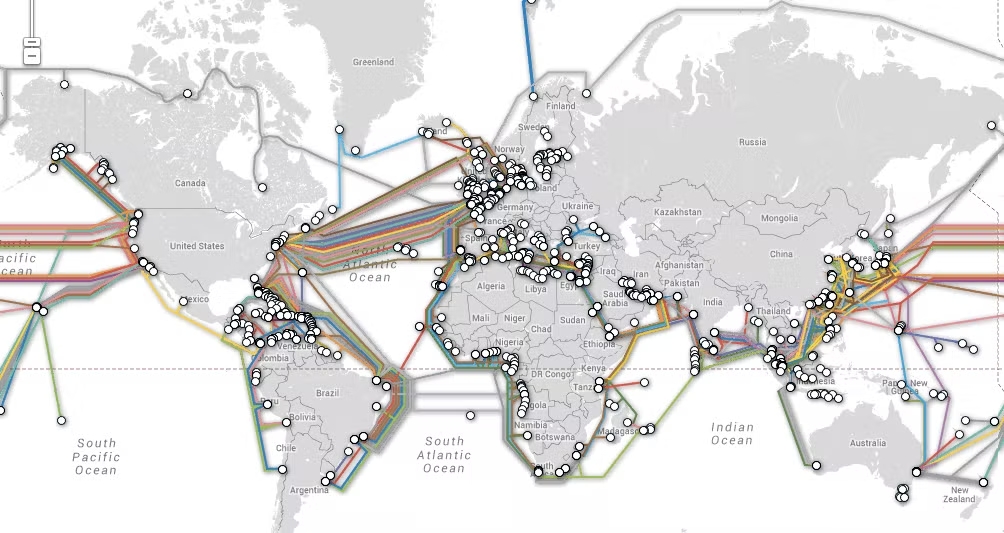Real-time streaming with Wowza RealTime@Scale
What is real-time live streaming?
The “classic” streaming systems allow to obtain a latency (time between the sending and the receiving of the stream) of about ten seconds (see article on the broadcast latency). Allowing a broadcast to a very large audience using a global distribution CDN.
On the other hand, the technology of video-conferencing in WebRTC (used by services such as Jitsi, Zoom, Google Meet …) allows the broadcasting of video streams in real time but on a small audience (the systems are sized for about fifty participants in general).
With Wowza’s RealTime@Scale service, it is possible to broadcast WebRTC video streams through a CDN specific to this protocol, allowing the broadcast to a very large audience (up to 1 million viewers in real time).
How the Wowza RealTime@Scale broadcast works
In order to guarantee a latency time of less than 500 ms (half a second), the entire video production and distribution chain is based on the WebRTC protocol.
Broadcast Chain
The broadcast point of the video stream must be selected according to the geographical position of the encoding site (studio, conference room...) in order to be as close as possible, it is then transmitted to Wowza's WebRTC CDN which delivers the stream to all of their servers around the world.
WebRTC streams are therefore accessible on data centers guaranteeing very high bandwidth rates as close as possible to all viewers spread across the planet.
Just like "classic" streaming, real-time streaming also adapts to the speed of the internet lines available to the viewer. The video stream is available in 3 formats (High, Medium, Low) which allows to adapt the quality of the real-time reception stream to each viewer.

Pops and CDN
List of Wowza ingestion points (Pops):
- Asia Pacific (Australia)
- Asia Pacific (India)
- Asia Pacific (Japan)
- Asia Pacific (S. Korea)
- Asia Pacific (Singapore)
- Asia Pacific (Taiwan)
- EU (Belgium)
- EU (Germany)
- EU (Ireland)
- South America (Brazil)
- US Central (Iowa)
- US East (S. Carolina)
- US East (Virginia)
- US West (California)
- US West (Oregon)
Opposite : the map of Wowza's CDN network

Real-time broadcasting, for what purpose?
Compared to “classic” streaming systems (based on RTMP or SRT), HTTP CDN broadcasting and HLS reception, WebRTC broadcasting requires a lot of processor resources and bandwidth to ensure minimum latency, which has a real financial impact for your event. It is necessary to count a budget approximately 2 times higher than a “classic” broadcast.
Real time is essential to obtain a “strong” interactivity with the audience.
It is generally used for :
- Sports events
- Auction sales
- Quiz type interactivities (ranking of the spectators who answer the fastest…)
- Spectators speaking “on the fly”.
- The reaction of the audience to an important announcement
- …
Demonstration
Here are some videos of demonstrations that show the very low latency of the RealTime@Scale service
Demo video of a broadcast (transmission + reception) to become aware of the low latency:
Video demo of a live stream open on 4 web browsers (Chrome, Firefox, Edge):
Integration of the RealTime@Scale broadcast system on your platform
Online-Event seamlessly integrates the RealTime@Scale service on your platform, both on the back-office and on the user side.
A media player dedicated to the WebRTC format is integrated on your live page. It is compatible with all browsers (Chrome, Firefox, Safari …) and device types (windows, mac, iphone, android …).
